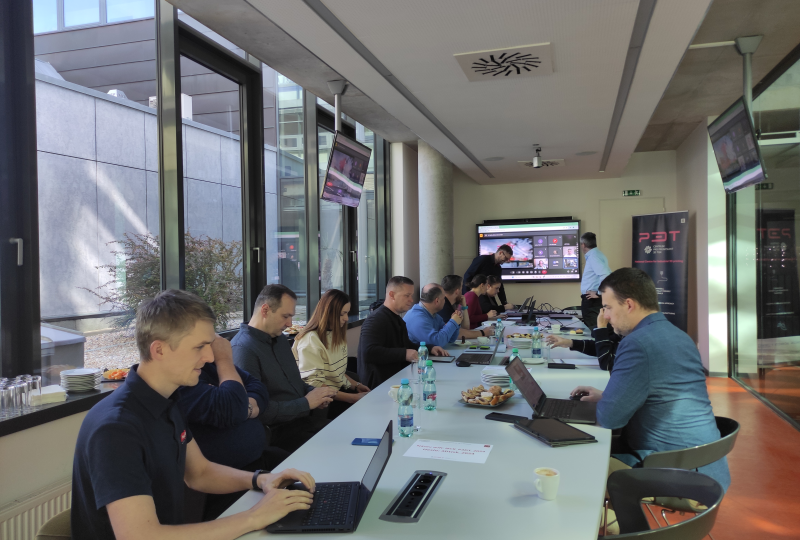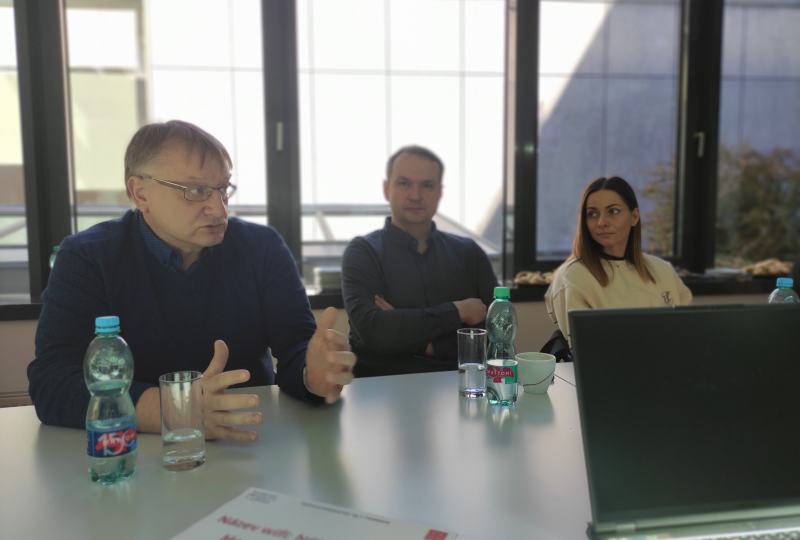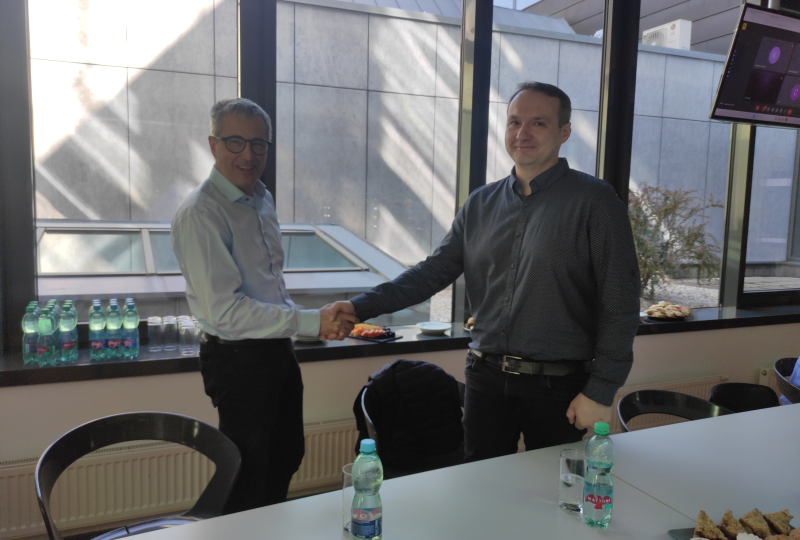NCK entertains us and expands our horizons
14. 5. 2024
27 partners, 17 months of cooperation and dozens of sub-projects. This is the current resume at the Centre for Industrial 3D Printing. The link between academic research and industrial application is in full swing. "We enjoy the NCK and we are expanding our horizons for each other," says manager of the centre Jan Kočí from CXI TUL in Liberec.

The research agenda of the Centre for Industrial 3D Printing (NCK P3DT) focuses on new technologies to ensure improved efficiency, safety and reliability of existing materials. Other key requirements for additive manufacturing are sustainable operations, the use of alternative and innovative materials and guided artificial intelligence. All this for smarter factories. The Centre wants to contribute to the transformation of the industrial sector to new trends in the application and use of 3D printing.

26 industrial partners are actively involved in the research with the Technical University of Liberec, which increases the utility value of the obtained results in practice and to increase the competitiveness of the companies involved. An integral part of the project is also reducing the ecological burden of production and other aspects related to operations: sustainability, technological optimization and material innovation.
What has been achieved in the first year of the project
"We consider it a great success to establish cooperation between the partners involved in our Centre for Industrial 3D Printing. The first phase of the project is going according to plan and due to the large number of partners and the diversity of topics, we have a wide range of professional topics with practical application. These include the development of individual orthopaedic devices using 3D printing, 3D printing of cementless materials in architecture, industrial 3D printing from local soil in sub-Saharan Africa or the preparation of an interactive application to support the design of plastic parts for FFF technology," says Jan Kočí from CXI TUL.

The consortium is generally focused on the development of new 3D printing methods. The aim is to increase the reliability of materials and their application in practice. We are also involved in the development and research of innovative 3D printing filaments or surface treatments that will increase the durability, reliability and extend the life of components used for 3D applications.
At the last meeting, members proposed new topics to be addressed in the consortium. For example, it is the effectiveness of topological optimization of parts using 3D printing technologies. The aim is to design components and production jigs with efficient use of topological optimizations. This includes material research including the use of recycled material, sampling, validation and verification with standard manufacturing procedures including comparison with conventional manufacturing approaches, and economic evaluation of the procedure.

Another sub-project is sustainable filaments based on thermoplastic starch. The aim of the DP is to develop 3D printing materials based on thermoplastic starch. "These materials address one of the growing problems of 3D printing, namely the generation of waste - whether from unwanted prototype prints or, for example, supports used in printing that have no further use and end up in incinerators. In contrast, thermoplastic starch can be 100% degraded in nature. The project will use the expertise of the departments of the University of Science and Technology and the University of Technology in modifying the properties of thermoplastic starch and Prusa Polymers in the production of 3D printing strings," says Jiří Šafka, the main principal of the Centre.
The Centre for Industrial 3D Printing is a place where industrial 3D printing is becoming a key element of additive manufacturing and we support its future.





.jpeg)

.jpeg)
.png)


.jpeg)
.png)
.png)
